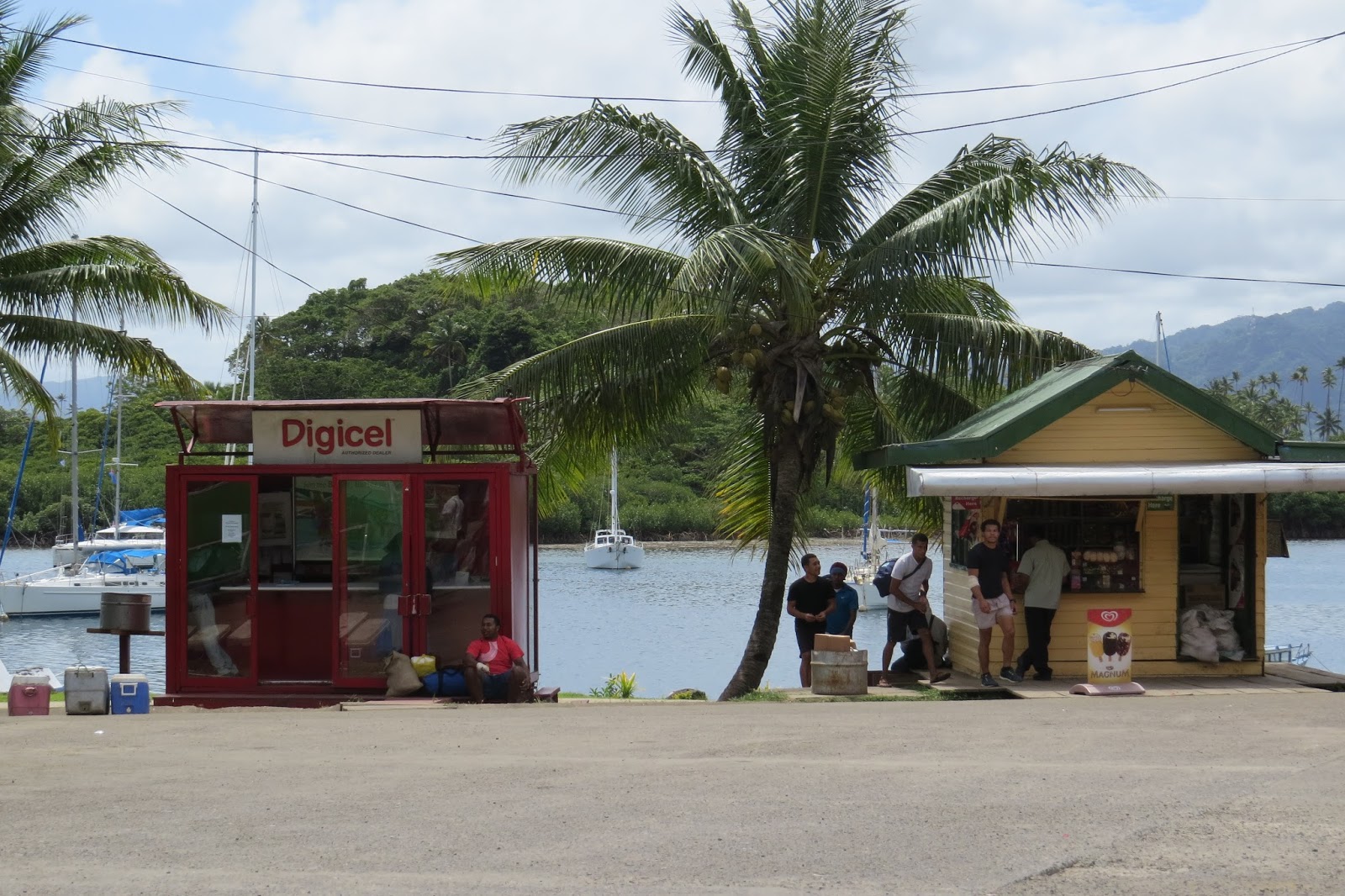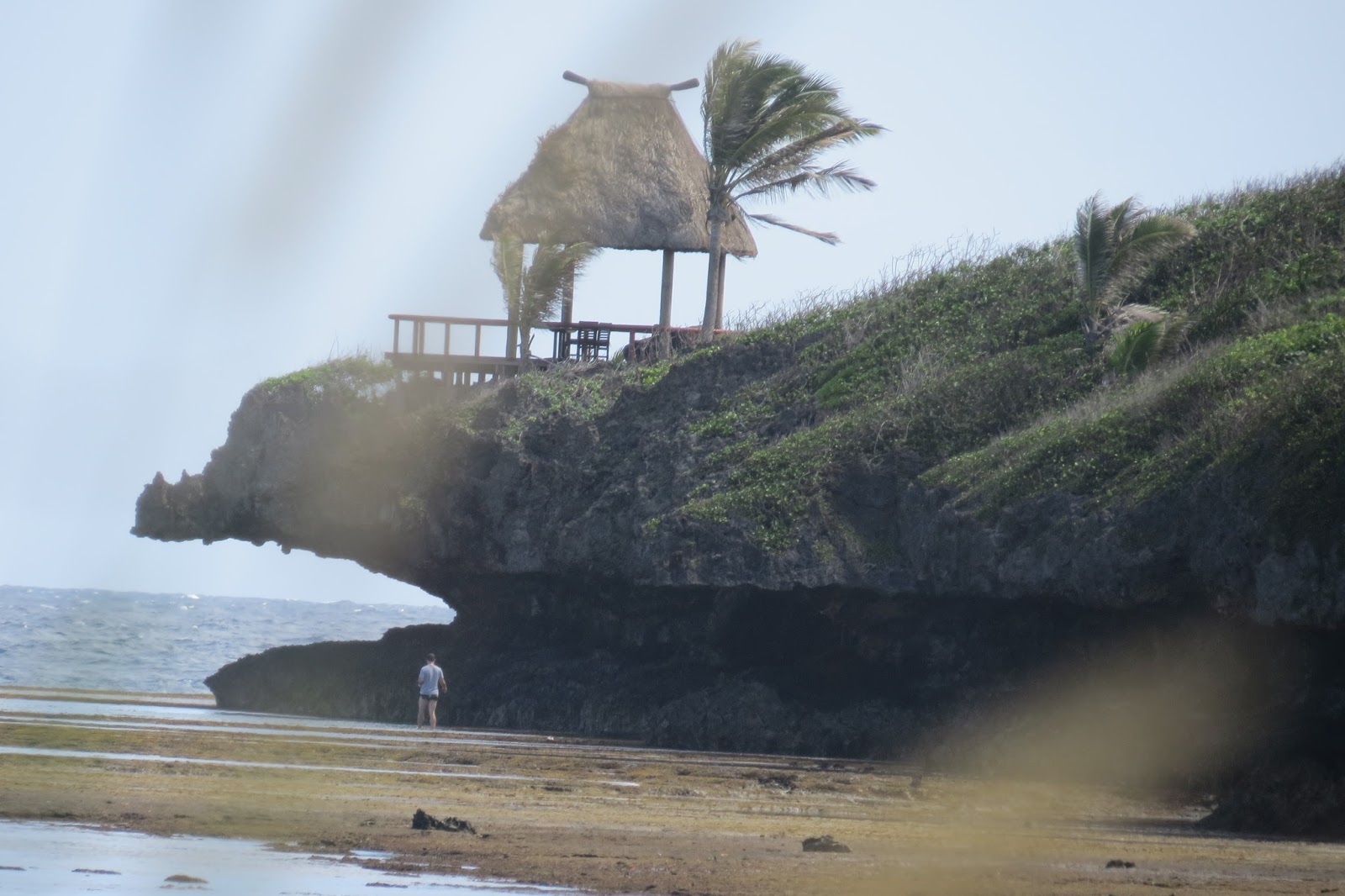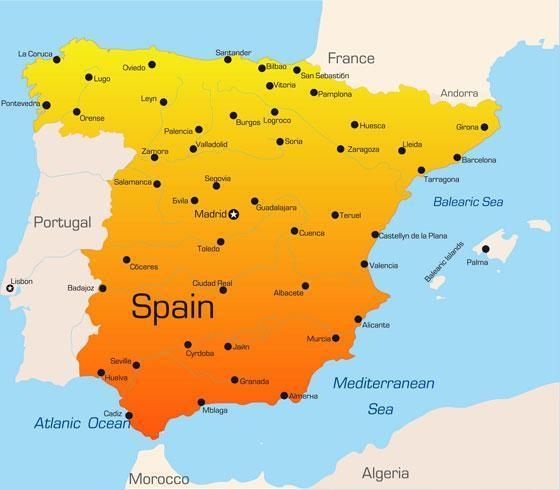
This popped up on the news today. There are only a few countries in the world that are exempt from such situations and subsequent warnings, but we haven’t heard anything about Spain until today. We don’t hear or see upheaval in this area of Barcelona.
From the US Department of State:
Exercise increased caution
in Spain due to terrorism and unrest.
Advisory summary
Terrorist groups continue plotting possible attacks in Spain. Terrorists may attack with little or no warning and target:
- Tourist locations
- Transportation centers like airports and train stations
- Markets and shopping malls
- Local government facilities
- Hotels, clubs, and restaurants
- Places of worship and educational institutions
- Parks
- Major sporting and cultural events
Demonstrations are common. They may take place in response to political or economic issues, on politically significant holidays, and during international events.
If you decide to travel to Spain:
- Avoid demonstrations and crowds.
- Be aware of your surroundings.
- Follow the instructions of local authorities.
- Check local media for breaking events. Be prepared to adjust your plans.
US citizens should always exercise caution when traveling abroad. Use these general tips to stay safe:
- Enroll in the Smart Traveler Enrollment Program (STEP) (opens in a new tab)to receive messages and alerts from the US Embassy and make it easier to locate you in an emergency.
- Review the Country Security Report for Spain (opens in a new tab).
- Prepare a contingency plan for emergencies. Review the International Travel Checklist.
- Visit the CDC page for the latest Travel Health Information(opens in a new tab) related to your travel.
Fortunately, we have no plans to be out and about until Monday, when we see Linda and Ken for lunch and later, head to the port on October 27 to board our ship.
Be well.
Photo from ten years ago today, October 16, 2015:



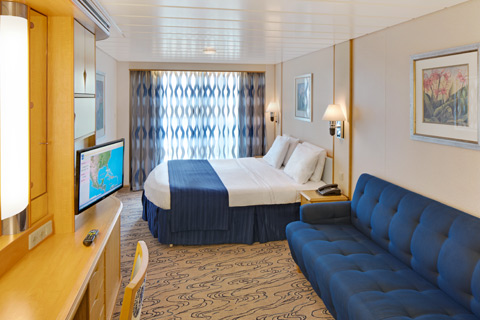


:max_bytes(150000):strip_icc():format(webp)/TAL-lead-image-SURFVOLCANO0725-a67b797e91504c79b984f97123d422ed.jpg)

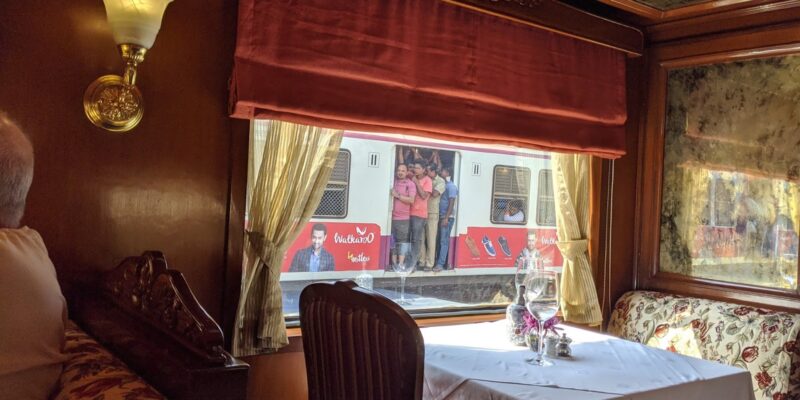
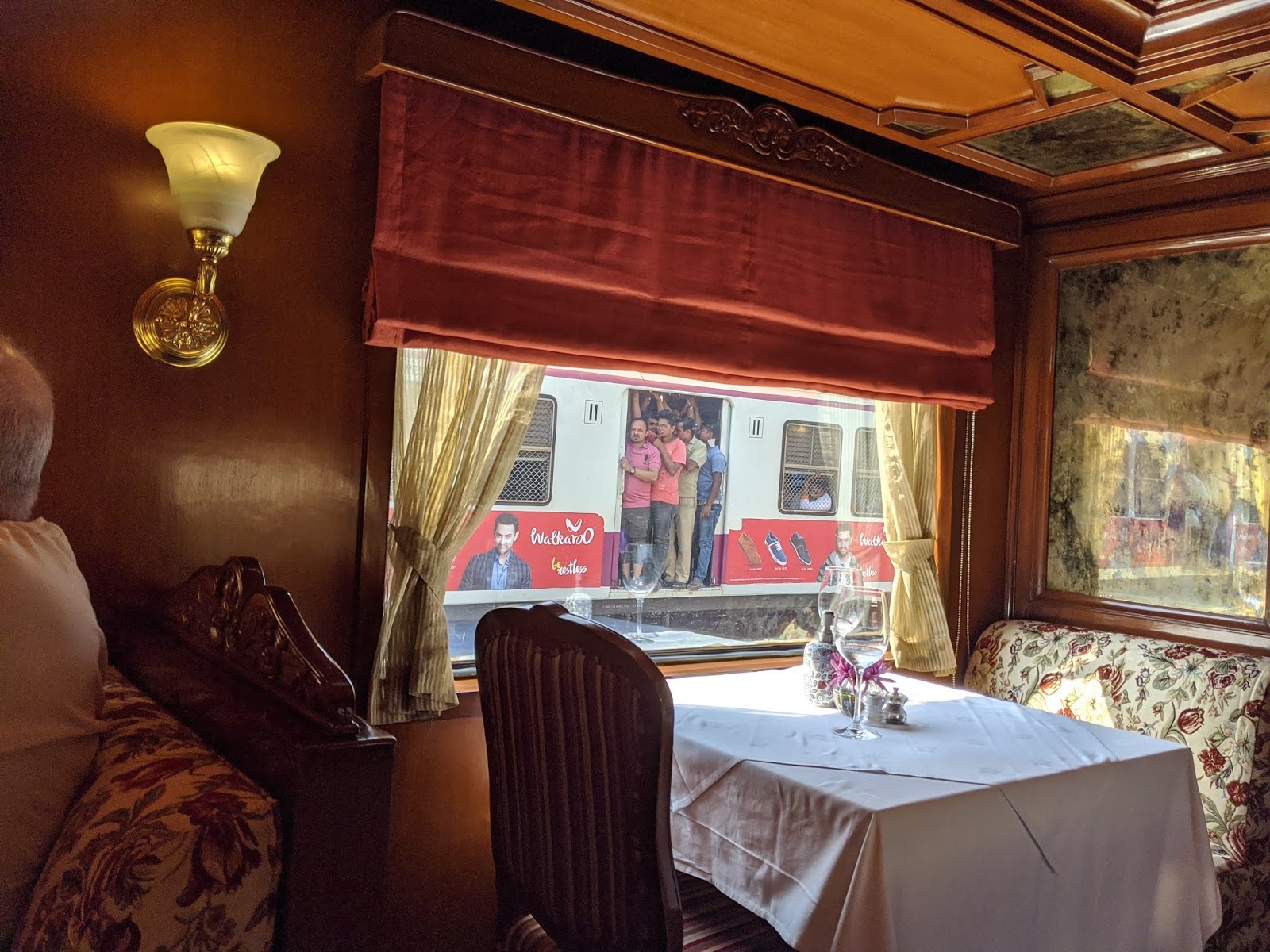
 Breadfruit growing in the yard is a popular item in the islands. We’d love to try this, which is the size of a grapefruit, but it contains 26 grams of carbohydrates and 11 grams of sugar in 1/4 of a fruit. For more photos, please click
Breadfruit growing in the yard is a popular item in the islands. We’d love to try this, which is the size of a grapefruit, but it contains 26 grams of carbohydrates and 11 grams of sugar in 1/4 of a fruit. For more photos, please click 
